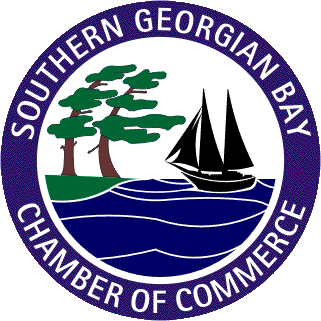A recent prosecution resulting from the death of a worker who tripped on an empty pallet is a shocking reminder of how easily things can go wrong. We asked WSPS’s Jennifer MacFarlane how warehouses, distributions centres and other workplaces could avoid similar incidents. Her immediate response: involve everyone.
Slips, trips and falls are a primary concern for all workplaces since they comprise 20% of all lost-time injury claims in Ontario, says MacFarlane, a key account manager. The direct cost of an average WSIB claim is $11,771. Factoring in lost productivity and staff replacement, the running total is $59,000. “That alone is a huge incentive for employers to pay more attention to slips, trips and falls.”
“Warehouses and distribution centres need to be particularly proactive because the potential for slips, trips and falls is everywhere,” MacFarlane points out. They can occur in
- transition areas between the outside and the inside (uneven or slippery floor surfaces)
- while products are being unloaded (empty pallets, debris or spills)
- while working at heights to load racks (using ladders or getting into or out of a lift truck)
- while going from one part of the workplace to another (65% of all fall-related injuries are from the same level)
Make sure the fundamentals are in place
Use the following checklist to ensure you have these essentials in place, suggests MacFarlane.
- A company policy that clearly outlines the rules for housekeeping, lighting and inspections.
- Personal protective equipment (footwear, handrails, fall arrest equipment) and other equipment (ladders, lifting devices) that are in good repair and used properly.
- Training on how to clean up spills, the proper use of fall protection equipment, the use of proper guardrails, and covers over holes, etc.
- Continuous follow-up to make sure that the rules are being followed, and to identify what can be improved.
- An incident investigation process that looks at root causes and how to eliminate them.
Take another look
Set up a task force to initiate or support any or all of the activities below. Rotate people through the task force to engage as many people as possible and minimize individual time commitments.
- Review the workplace’s injury history with respect to slips, trips and falls. Where have you had near misses? What does this information tell you about where accidents are occurring, and which jobs carry the greatest risks? Share the results with all employees.
- Conduct new risk assessments. “Get the joint health and safety committee involved. Have supervisors start conversations with workers. Encourage people to come forward with specific concerns and solutions.” Include seasonal risks. For example, icy walkways and parking lots, and pools of melted snow in transition areas. “You not only want workers to identify risks as they happen, but also take prompt action to remove the hazard.”
- Link identified risks to policies and practices dealing with housekeeping, uneven surfaces, wet or slippery surfaces, obstructed vision, and protective clothing and devices. Adjust as required. “Using the pallet tripping incident as an example, make sure you have a designated area for empty pallets and other debris.”
- Raise awareness. “Use posters, payroll stuffers, safety talks, demonstrations, and more to keep slips, trips and falls safety top of mind.”
- Clearly communicate the hazard reporting process. “Encourage reporting and take immediate action to correct the problem.”
- Identify causes of unsafe behaviours (rushing down stairs, distractions, overreaching from fatigue). “Is your company sending the message that ‘productivity’ is more important than health and safety? Are you communicating your policies and practices effectively? Are supervisors adequately enforcing your practices?”
- Recognize people who actively contribute to slip, trip and fall prevention. Post their contribution on the safety board, add it to meeting agendas or special presentations, and publish it in company newsletters.
How WSPS can help
- WSPS consultants can help you identify slip, trip and fall hazards and set up policies and procedures. They can also deliver awareness training to workers – right in your workplace.
- Check out e-courses, downloads, articles, and more, all on a slip, trip and fall resource page.
- Register for one of two scheduled Networking and Knowledge Exchange (NKE) sessions on warehouse safety in these communities:
- London, November 24, 2016
- Woodstock, September 23, 2016

